Cosmetic Regulatory Services
SRC can help you achieve and manage compliance with new FDA MoCRA Regulations
Deadlines for compliance with FDA’s Modernization of Cosmetics Regulation Act (MoCRA) of 2022 begin on December 29, 2023. SRC’s team of scientists and industry experts have the knowledge and experience to help your team achieve compliance with:
1
SRC offers compliance support with California SB-484 and SB-312
SRC now also offers compliance support for cosmetic ingredient disclosure requirements in California. The California Safe Cosmetics Act (CSCA) (Senate Bill No. 484) and Cosmetic Fragrance and Flavor Ingredient Right to Know Act of 2020 (CFFIRKA) (Senate Bill No. 312) carry reporting and disclosure requirements if certain ingredients are intentionally added to the product.
Our team conducts an in depth formula review of your product against the California Cosmetics Reportable Ingredient List to determine if any ingredients require disclosure. We are also available to complete disclosure reporting on your behalf.
Is your product a cosmetic?
The distinction between cosmetic and over-the-counter drug products can be confusing. Some products may be both a cosmetic and a drug.
For example, a shampoo that claims to “Make hair appear thicker” would fall in the category of a cosmetic, while the same product that claims to “Restore hair growth” would be a drug product. If the product carries both the cosmetic and drug claims, then both sets of regulations and reporting requirements will apply. Finally, depending on the formula, the same product could be classified as neither a drug or a cosmetic if its only claim is cleaning.
| Cosmetic Claim Examples | Drug Product Claims |
|---|---|
| Reduces/improves appearance of fine lines | Restores hair growth |
| Cleans and moisturizes | Treats acne |
| Beautifies skin | Kills bacteria |
| Covers up dark spots | Affects hormones |
| Makes hair appear fuller | Protects skin from sun damage |
| Deodorizes | Removes dark circles and wrinkles |
Due to the complex and overlapping nature of these definitions, it can be difficult to determine which regulations apply to your product. The SRC team can assist you with product line review and label claim development to determine which regulations and reporting requirements apply.
Drugs vs. Cosmetics
FDA defines a Cosmetic as
” (1) articles intended to be rubbed, poured, sprinkled, or sprayed on, introduced into, or otherwise applied to the human body or any part thereof for cleansing, beautifying, promoting attractiveness, or altering the appearance, and (2) articles intended for use as a component of any such articles; except that such term shall not include soap.”
FDA defines a Drug as
” (A) articles recognized in the official United States Pharmacopoeia,1 official Homoeopathic Pharmacopoeia of the United States, or official National Formulary, or any supplement to any of them; and (B) articles intended for use in the diagnosis, cure, mitigation, treatment, or prevention of disease in man or other animals; and (C) articles (other than food) intended to affect the structure or any function of the body of man or other animals; and (D) articles intended for use as a component of any article specified in clause (A), (B), or (C).”
Examples of products that may be a cosmetic:
Shampoo
- Conditioner
- Body Wash
- Hand soap
- Lotion
- Moisturizer
- Cleansers
- Makeup
- Beauty Products
- Perfume
- Deodorizer
Schedule a complimentary call with our team today!

